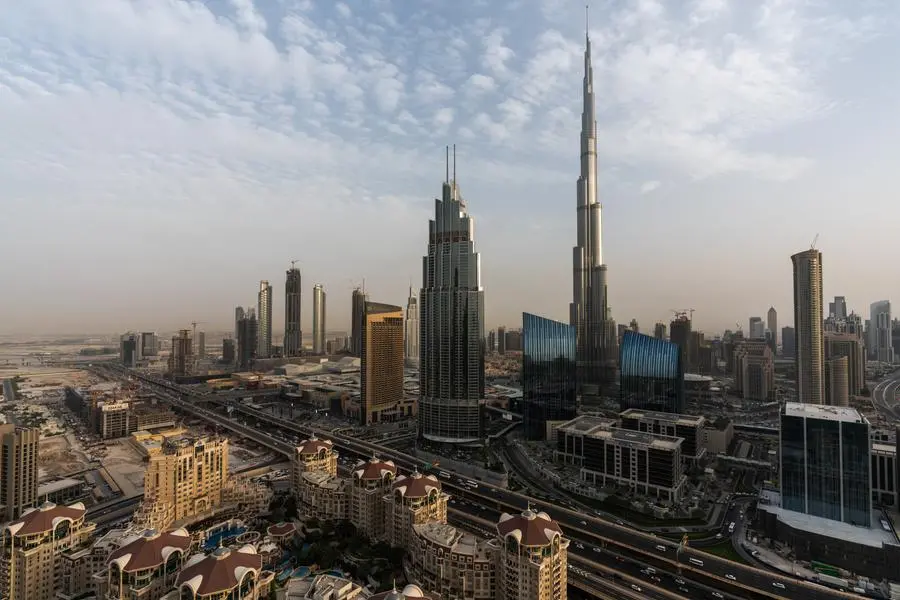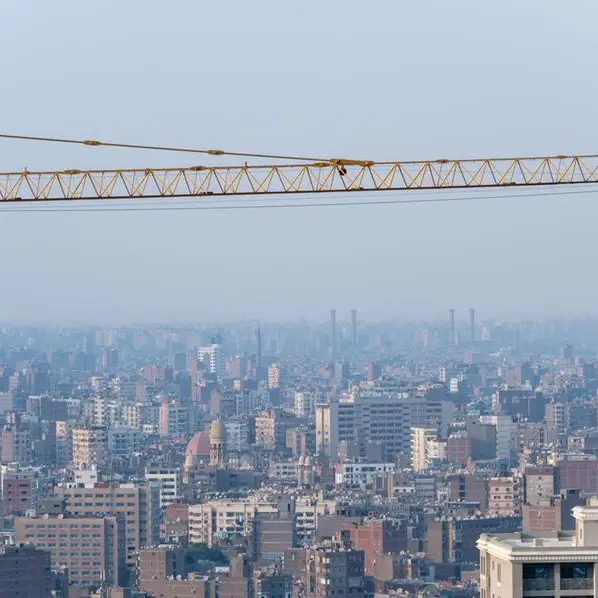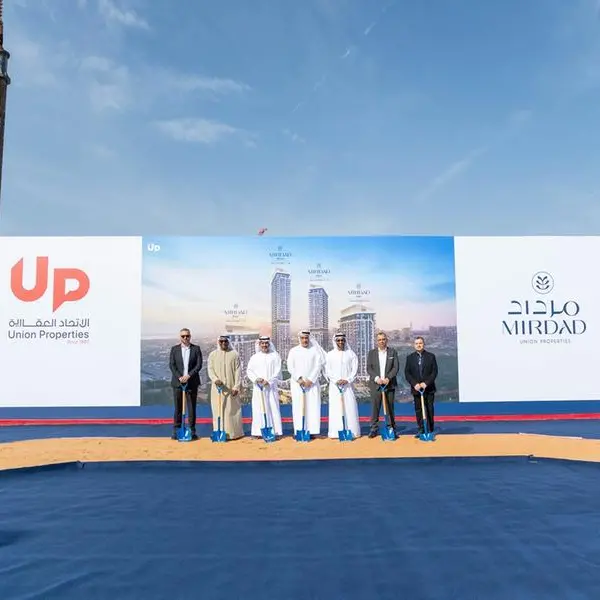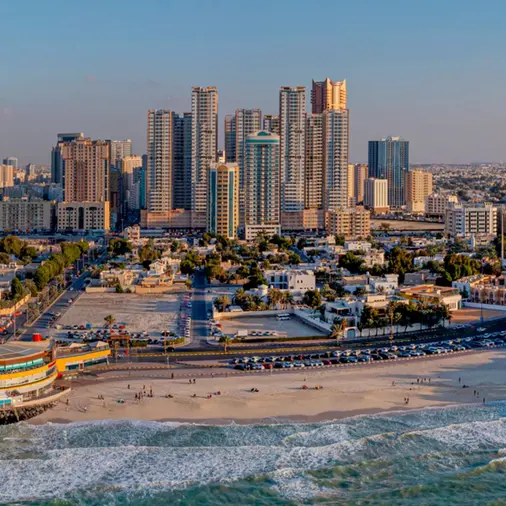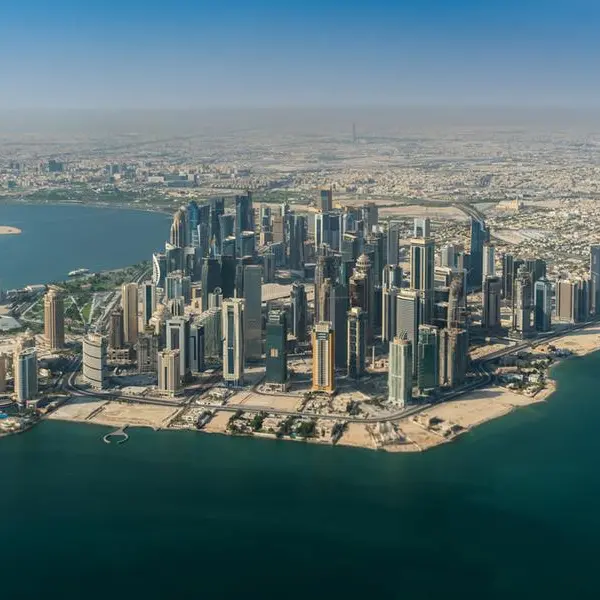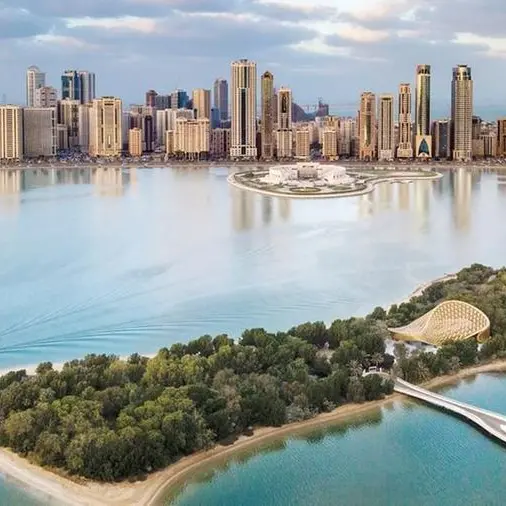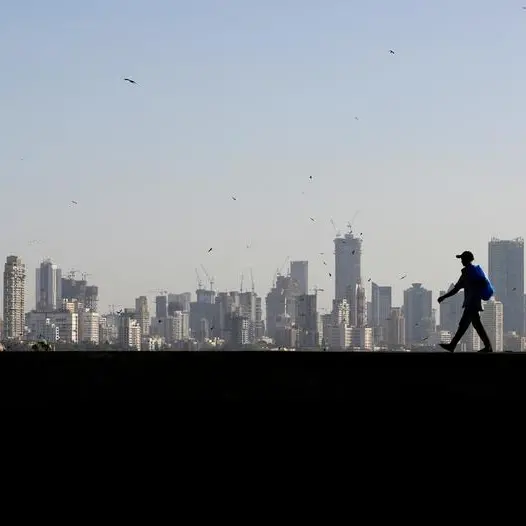PHOTO
Residential rents in Dubai are rising at the fastest pace in about eight years, as transaction activity continues to rise amid strong demand.
Average rents for villas and apartments across the emirate in the 12 months to May jumped by 19.1 percent, the highest since late 2014, according to a new report by advisory firm CBRE.
Leasing rates for flats in high rises and other residential buildings have climbed by 18.3 percent to 83,485 dirhams ($22,729), while rates for villa units have surged by 24.3 percent to 249,677 dirhams on average.
The most expensive places for tenants are premium neighborhoods like Palm Jumeirah and Al Barari, where asking rent has gone up to an average of 213,761 dirhams and 874,171 dirhams per year, respectively.
Dubai’s property market continues to attract capital from buyers in the country and abroad. Off-plan sales in the year to May 2022 jumped by 55.4 percent, while secondary market sales went up by 18 percent.
Sales prices
Prices of residential units also posted double-digit increases in the year to May 2022, with villas leading the growth at 19.8 percent and apartments registering a 9.6 percent increase.
Apartment prices in Dubai stood at 1,102 per square foot last month, while average villa prices averaged 1,307 per square foot. However, the prices are still 25.9 percent and 9.5 percent below their peak in 2014 for apartments and villas, respectively.
For property buyers, Downtown Dubai is the most expensive location to acquire an apartment, where the highest average sales rate per square foot stood at 2,045 dirhams. For villa buyers, Palm Jumeirah is the priciest location, with the average sales rates going up to as much as 3,207 dirhams per square foot.
The rise in demand has been driven by economic growth and strong market sentiment. The growth momentum is expected to continue but at a slow pace this year, according to Asteco in its recent report.
“The momentum of growth [will] continue but slow in 2022, a trend underpinned by anticipated developments stemming from government initiatives such as new visa programmes and regulations to attract foreign direct investments (FDI), as well as the continued easing of COVID-19 restrictions,” Asteco said.
(Reporting by Cleofe Maceda; editing by Daniel Luiz)
